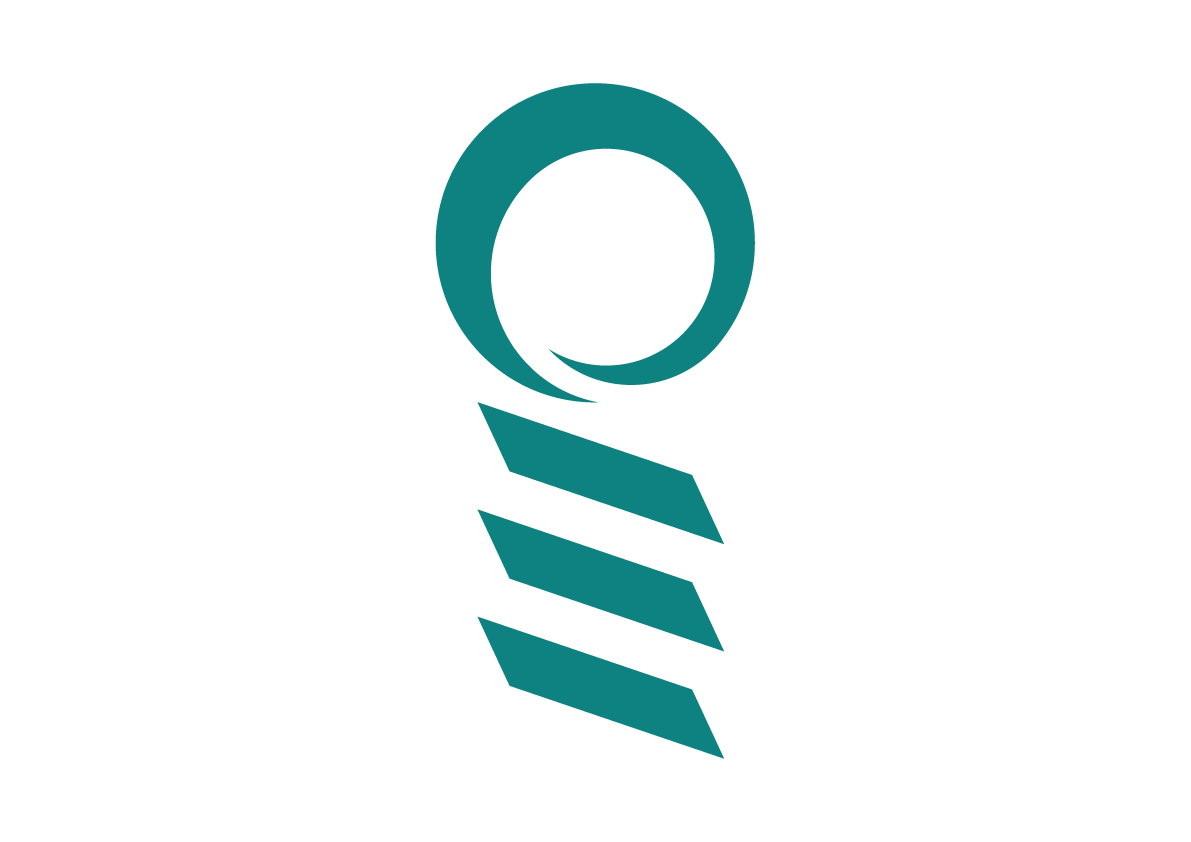Reflecting on the Anti-Chinese Sentiment: From Pribumi to Pribumi
Graphic Design: Krizia Angelina
“It is more effective to change anti-Chinese sentiment when you are perceived as the locals,” said Azmi Abubakar—a Jakarta-born Acehnese who founded a Museum to tell stories about role of the Chinese in Indonesia.
Many people in Indonesia born before the late 1990s still remember the horrors of May 1998. Thousands of shops were looted and burnt, meanwhile university students were demonstrating at the Indonesian Parliament building, forcing President Soeharto to step down. Amidst all the chaos, there was one particular ethnic group who became the victim; Chinese-Indonesians. There were reports of Chinese-owned shops becoming the looting targets, Chinese women being raped, and Chinese men burnt alive on the street. It was a horrifying time for Chinese Indonesians at the time. In the mean time, a group of activists, who included Azmi Abubakar, surrounded the Serpong area in South Tangerang to capture those who were looting.
This was the beginning of Abubakar’s story; a Jakarta-born Acehnese with a Minang wife, who initiated the Museum Pustaka Peranakan Tionghoa (the Chinese-Indonesian Literature Museum) in 2012. Together with his peers, Abubakar tells stories about the positive influences of Chinese culture in Indonesia. He has collected more than 30,000 books, newspaper articles, and other documents relating to the Chinese community in Indonesia. His hopes are that the Indonesian people realize how precious the Chinese culture in Indonesian history is by conserving and preserving Chinese literature in Indonesia.
The museum holds more than 5,000 documents of the late John Lie, Indonesia’s only national hero of Chinese descent. General John Lie smuggled weapons to Indonesia and Indonesian raw rubber abroad during the Indonesian National Revolution against the Dutch from 1945 to 1949. Today, his museum is the only one that preserves all of John Lie’s photographs, love letters, and correspondences with Indonesian officials. Besides John Lie’s documents, the museum also collects Malay-written Chinese documents that cover politics, sports, gastronomy, medicine, and comics that can be traced back to the 18th century.
With its rich cultural heritage, Museum Pustaka Peranakan Tionghoa first targeted non-Chinese people in order to inform them about Chinese influences in history. He argues that non-Chinese people would have suspicions towards the Chinese community unless they understand those particular influences. However, it turned out that many Chinese-Indonesians also visited the museum in hopes of grasping a better understanding of their identities through the documents. Abubakar says that they are intrigued because they want to liberate themselves from the shackles of identity crisis as Indonesian citizens.
Despite his hard work and efforts, Abubakar admits that it is considered almost too late to convey his message about positive Chinese influences In addition, this is one of the reasons why he thinks the anti-Chinese discrimination is not due to the hatred factor, but because of the people’s lack of understanding.
